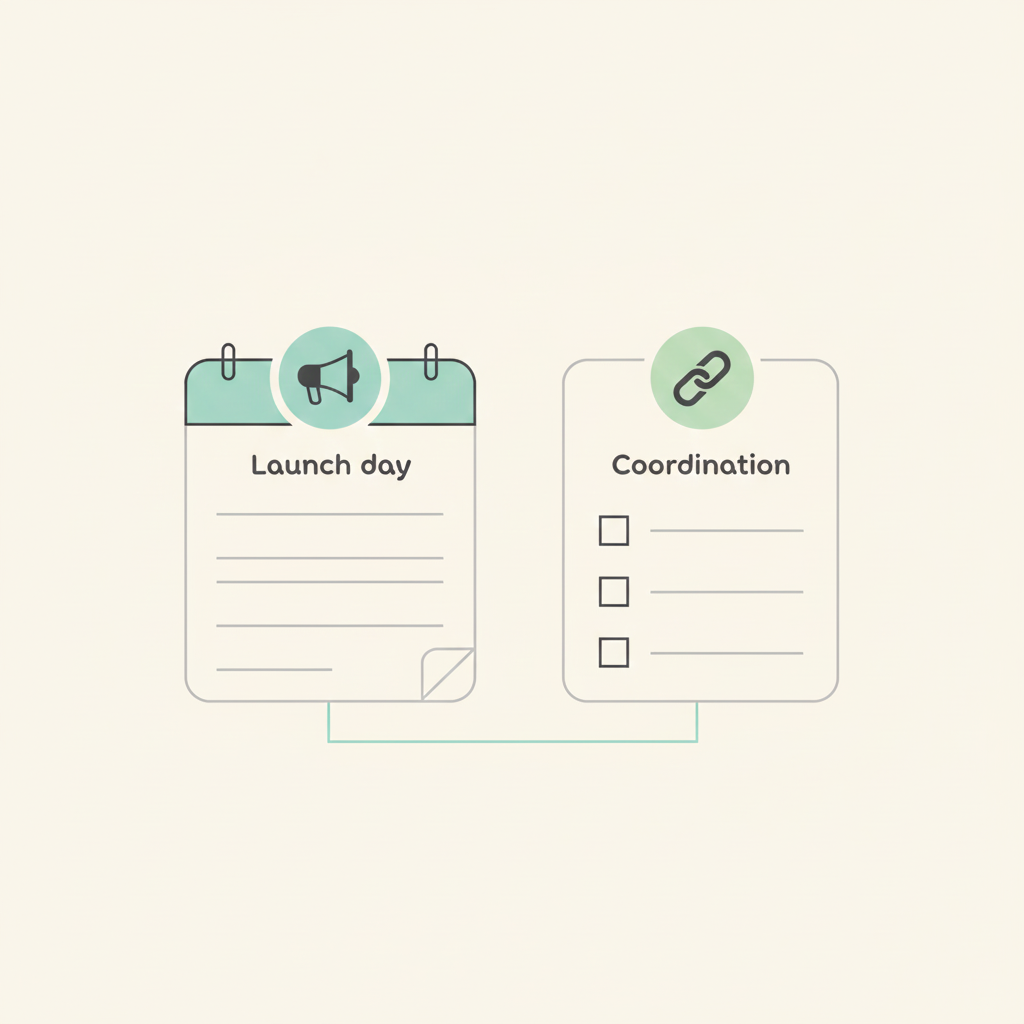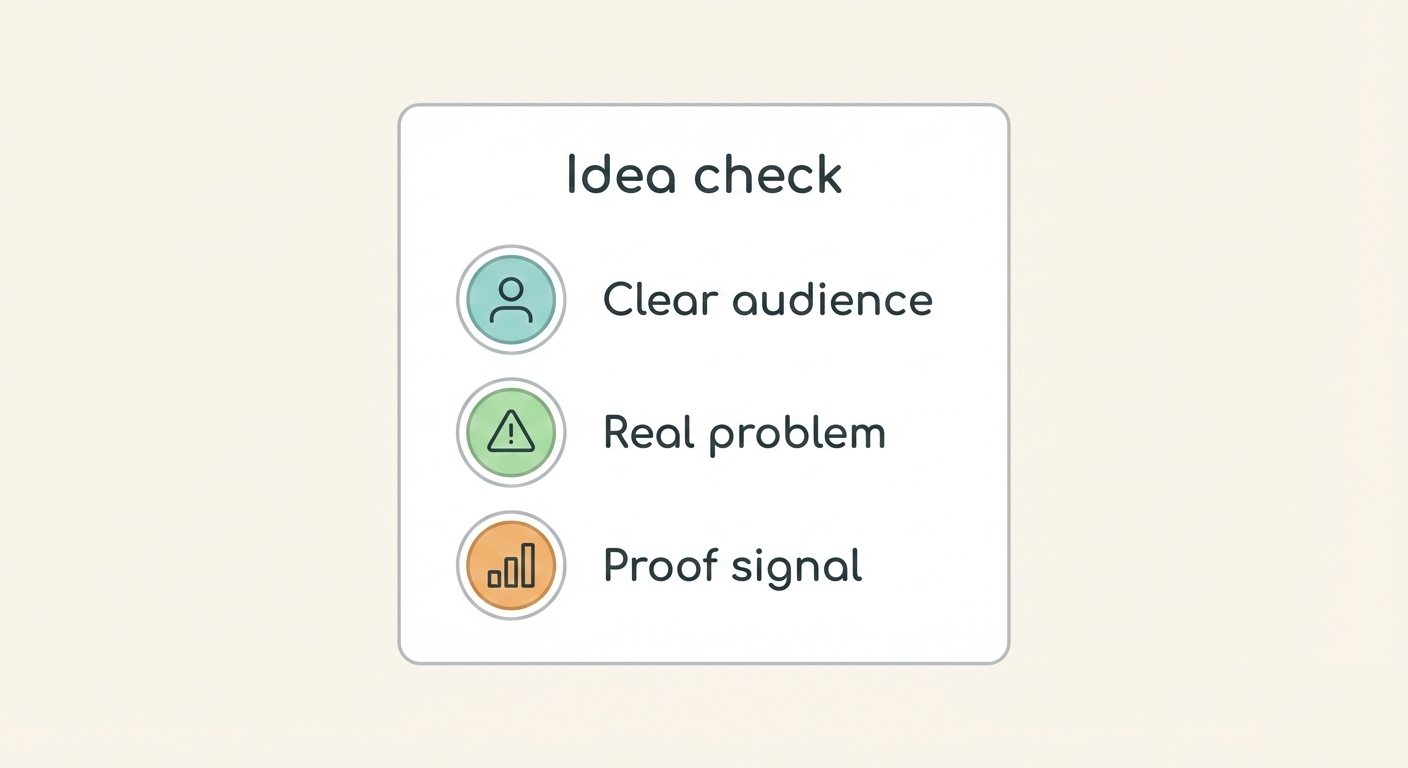How To Automate Project Management Tasks
You’ve known it for a while now. Although your patchwork of spreadsheets, pen, and paper has been working okay like a band-aid, but it’s not going to last.It’s a house of cards waiting to collapse.

Project management is a lot like solving a giant jigsaw puzzle. There are a lot of moving parts from resources to personnel to tasks to budgets to timelines etc.
All of which are always competing for your attention. You’ve got to focus on the big picture while keeping a hawk’s eye on the details. Not to mention that you still have to find the time to plan, organize, brainstorm, collaborate, execute etc.
For a handful of clients or projects, then your pen and paper might be “functional.” The problem, however, is when the business grows and it’s managing a couple of projects, you’re managing tens if not hundreds of projects.
The administration workload alone would be a nightmare. That’s why you should start using project management tools like Breeze to automate your tasks and save you time and money. As a project manager, you’re always fighting against time.
Between developing and mapping workflows, identifying and improving personnel inefficiencies, budgeting, managing resources, meeting deadlines, there’s a lot to juggle at any given time.
To keep your teams and processes working like a well-oiled machine, you need to understand the stages of project management to know where you can use automation.
Stages of project management
1. Project planning and launch
When initiating a project, you typically start by outlining the project, establishing the scope of work, defining deliverables, and identifying stakeholders. Once the draft plan has been approved, it’s time to flesh it out and visualize how processes will be executed, how goals will be achieved and tasks involved.
These processes range from budgeting to defining a timeframe to estimating resources to developing training manuals to risk management etc.
Project management and automation tools help managers enhance collaboration, visualize processes, and the impact of changes, keep everyone updated and on the same page with notifications and onboard new employees with established procedures and systems.
Automation not only helps you better track projects, but it also helps you operate at maximum efficiency by eliminating the bottlenecks associated with approvals, especially where several people are required to sign off.
2. Project execution
After the project is officially kicks-off, it’s your job to make sure everything runs smoothly. Typically, you’re responsible for a variety of processes, from organizing tasks and workflows to tracking and managing resources to reporting to setting meetings etc.
By unifying all data points in your project, project management tools like Breeze help you visualize almost every aspect of your project processes and workflows. They allow you to share project progress with the relevant stakeholders instantly as well as make projections based on current process maps.
And thanks to real-time and automated reporting, you’re assured that your team will be viewing up-to-date versions of the relevant reports. Automations help project managers consistently generate compliant documents from invoices to contracts to reports etc.
3. Tracking and optimization
This phase runs concurrently with the execution stage and involves overseeing project performance. To make sure everything runs seamlessly, project managers are typically responsible for everything, from tracking SLAs and KPIs to budgeting to resource reallocation to tracking tasks, deliverables and so on.
This is a highly dynamic stage of project management and as a manager, you’ll need to adapt to overcome new developments to meet deadlines regularly.
By centralizing task resources, process documents, and workflows, everyone in your team will be updated on any changes to the project made by you or senior executives. Tools like Breeze help you integrate reporting with the tracking and optimization stage of the project.
This allows you and your team to be notified immediately of any changes in performance so you can reallocate resources accordingly. It also makes it easy to benchmark the performance of both personnel and the project which helps provide progress estimates in light of any unforeseen developments.
4. End of project
At the end of a project, your goal as the project manager is to evaluate whether or not it was a success.
Some of the questions you’ll be required to ask are if the project achieved its goals, were project deliverables of high quality, can the project be officially closed?
When closing a project, the manager will be responsible for communicating the closure of the project to stakeholders, evaluate team performance, analyze how resources were utilized, reallocate resources, provide insights and data into the performance of the project, etc.
Project performance metrics help inform project managers on the success of the project based on efficiency, budget, and productivity. All of which can be used to optimize future projects.
Automating project management tasks allows managers to seamlessly make reports and close workflows before moving on to the next project.
Automating project management tasks with Breeze
Today, there are plenty of options available to project managers looking to improve the processes and workflows of each project management stage while reducing your administrative workload.
Breeze comes with a variety of features for automating project management tasks. From project boards to help you visualize your projects to recurring tasks that save you the hassle of creating similar tasks to reporting, etc.; it helps keep you and your team on the same page.
What’s more, with its new automation features, Breeze can automatically take specified actions after a task is transferred to a list. You’ll be able to eliminate mundane and repetitive manual tasks such as assigning tasks, colors, tags and even set due dates; try it today for FREE.








